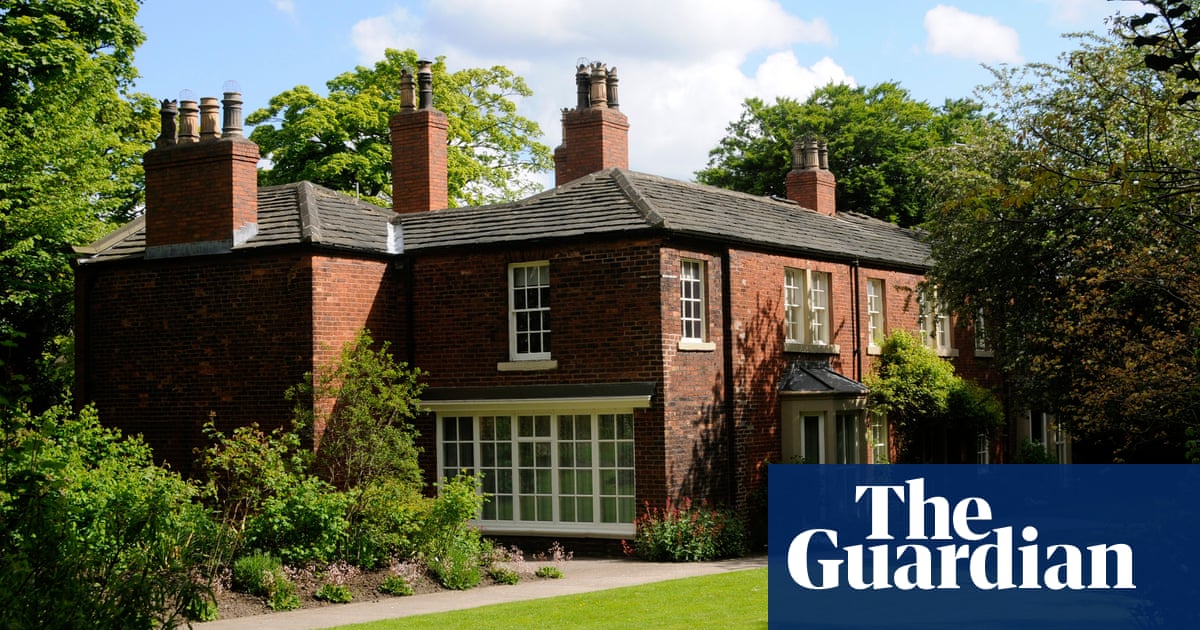
In the 30 years after the end of the second world war, many British cities embarked on the wholesale destruction of their history. Residential streets were out and tower blocks were in, and cars had always to be accommodated. The dense, extravagant, smoke-stained fabric of the Victorian city came down in clouds of dust. It was often calculated that the country had knowingly obliterated more of its historic buildings in the 1950s and 60s than the Luftwaffe’s bombs had managed in wartime. Behind it all, wrote the architectural historian Gavin Stamp, lay “a sense of shame about the industrial past, a visceral and blinkered rejection of the dark but substantial legacy of the Victorians – fuelled in part by a crude socialist vision – that could amount to little more than civic self-hatred”.
Labour-controlled local authorities certainly had their follies – entire neighbourhoods vanished in Glasgow for the sake of an inner-city motorway – but socialism was no more to blame for the architectural destruction than greed, corruption, ineptitude and the strange idea that Britain’s supreme century in terms of its technical achievements and global influence had produced risible buildings that weren’t worth keeping. “Whatever may be said in favour of the Victorians, it is pretty generally admitted that few of them were to be trusted within reach of a trowel and a pile of bricks,” wrote PG Wodehouse in 1937; and, minus a few dissenters such as John Betjeman, that view held good into the 1970s.
The list of the victims is long. The Euston Arch, of course, but also London’s Coal Exchange, Birmingham’s Bull Ring and central library, Bradford’s Forster Square, Edinburgh’s New Club, Glasgow’s Charing Cross, Newcastle’s Royal Arcade, and thousands of humbler buildings – churches, hotels, terraces, tenements – that not only added grace and interest to their locality but were central to its character. A corner was turned in 1968 after a section of Ronan Point, a 22-storey housing block in east London, collapsed only two months after it had opened to its first tenants, killing four of them. The shine came off modernism. In an age when popular culture had begun to find charm in handlebar moustaches and Sgt Pepper’s epaulettes, the struggle to save old things got easier.
In 1971, 10 years after the Euston Arch was demolished, a campaign was founded to protect Covent Garden from a plan by the Greater London Council, which, after the fruit and veg market left, wanted to flatten two thirds of the 100-acre area and replace narrow streets, warehouses, small shops and working-class housing with office blocks, hotels and expensive flats. The area was to be served by dual carriageways and the kind of elevated walkways that kept pedestrians out of the way of traffic, a failure almost wherever they were tried but a dogma of 1960s planning. The campaign, led by the Covent Garden Community Association, faced formidable enemies; planners, local and central government, and property developers (who saw marvellous opportunities for profit in the very heart of London) all favoured the scheme, and their defeat was a significant triumph in the history of conservation, both of architecture and, for a time at least, the people who lived in it.
Fifty years later, the conservationists’ triumph turns out to be partial. Preventing demolition is easier than preventing erection, saving the old simpler than stopping the new. Townscapes are rarely static, and developers and architects are as anxious to leave their mark on a city as any bombastic Victorian. Two British cities in particular, Edinburgh and Liverpool, have recently felt the effects of exhibitionist architecture, while a third, London, ceaselessly builds upwards, its night sky twinkling with the red warning lights of cranes, higher than you ever expected to see anything other than a plane, star or planet.
Edinburgh, one of Europe’s handsomest cities, is the surprising example. The central city has a voluble professional class that has been fighting proposed changes to the Georgian New Town since the 1960s. Its protests prevented an urban motorway of the kind that destroyed so much of Glasgow, where the middle class had decamped to the suburbs. Still – somehow – the New Town has acquired a hotel surmounted by what Edinburgh knows as the Golden Turd, a large bronzed steel coil that twists to a peak, like dog shit, to demean one of the world’s most celebrated skylines. Liverpool has nothing quite as whimsical, but its attempt to turn its grandiose Edwardian waterfront into a toytown version of Shanghai ended this week, as many predicted it would, in its delisting by Unesco as a world heritage site.
Gavin Stamp’s “civic self-hatred” isn’t at work here, or the misguided futurism of the planners who wanted to expunge large parts of Covent Garden. Civic poverty and civic weakness might be nearer the mark; cash-starved local authorities anxious to make money, unengaged electorates, poor media scrutiny. The columnist and writer Keith Waterhouse thought he had the answer in 1975, putting the blame on local councillors rather than our apathetic selves. “The trouble is that many of them are not very bright. They have neither the intelligence nor the know-how to realise how they are being manipulated by the property gangs.”
Change takes the uninvolved by surprise. Crossing the Thames from Victoria, we look from the train to see … what? Singapore? Reaching a summit on Hampstead Heath, we spot a building far away in the City that seems even taller than the Shard. Why did nobody tell us? Phones are consulted. It seems to be 22 Bishopsgate, 62 storeys high. Despite Brexit and Covid, many more are on their way. According to New London Architecture, an independent forum, 127 buildings more than 20 floors high are under construction, 310 have full planning permission, and another 150 have either applied or are some way through the process.
One of those awaiting permission is planned for Museum Street on the edge of Covent Garden: a bulky block, 82 metres high, it promises 23,000 sq metres of office space, and only 12 “affordable” homes. A coalition of local organisations, including the Covent Garden Community Association, has come together to oppose the development, which it says will overshadow listed buildings, interfere with protected views and wastefully demolish existing structures that could be repurposed. Reasonably, post Brexit and post Covid, the coalition wonders about the need for yet more office space.
Who wants to build it? The planning application lists Lab Selkirk House Limited. Who might that be? The company address is a PO box in Guernsey. Two directors are listed. The CEO is an Israeli national who lives in Spain, the chief financial officer is a Lithuanian national who lives in the UK – and has another 100 directorships, mostly in what sound like London property companies. When the Covent Garden Community Association won against the odds in the 70s, capitalism could still be imagined as an Englishman in a bowler hat on his way to a long lunch.
The big wide world has come crashing in.
Ian Jack is a Guardian columnist











